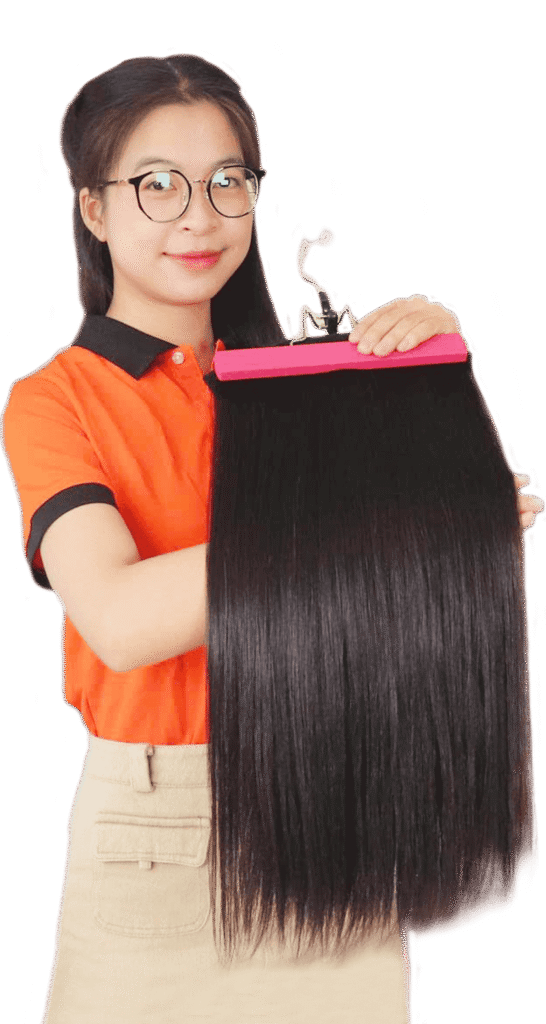In the relentless battle against an oily scalp, achieving a luscious, grease-free mane seems like an elusive dream for many. But fear not, for the key to reclaiming control over your locks lies within effective strategies tailored to combat this persistent issue. In this ever-evolving landscape of hair care, staying ahead of the curve is paramount. So, embark with us on a journey through the latest breakthroughs and time-tested remedies, as we unveil a comprehensive guide to banish that excess oil and embrace the beauty of balanced, healthy hair in 2024.
I. What is an Oily Scalp?
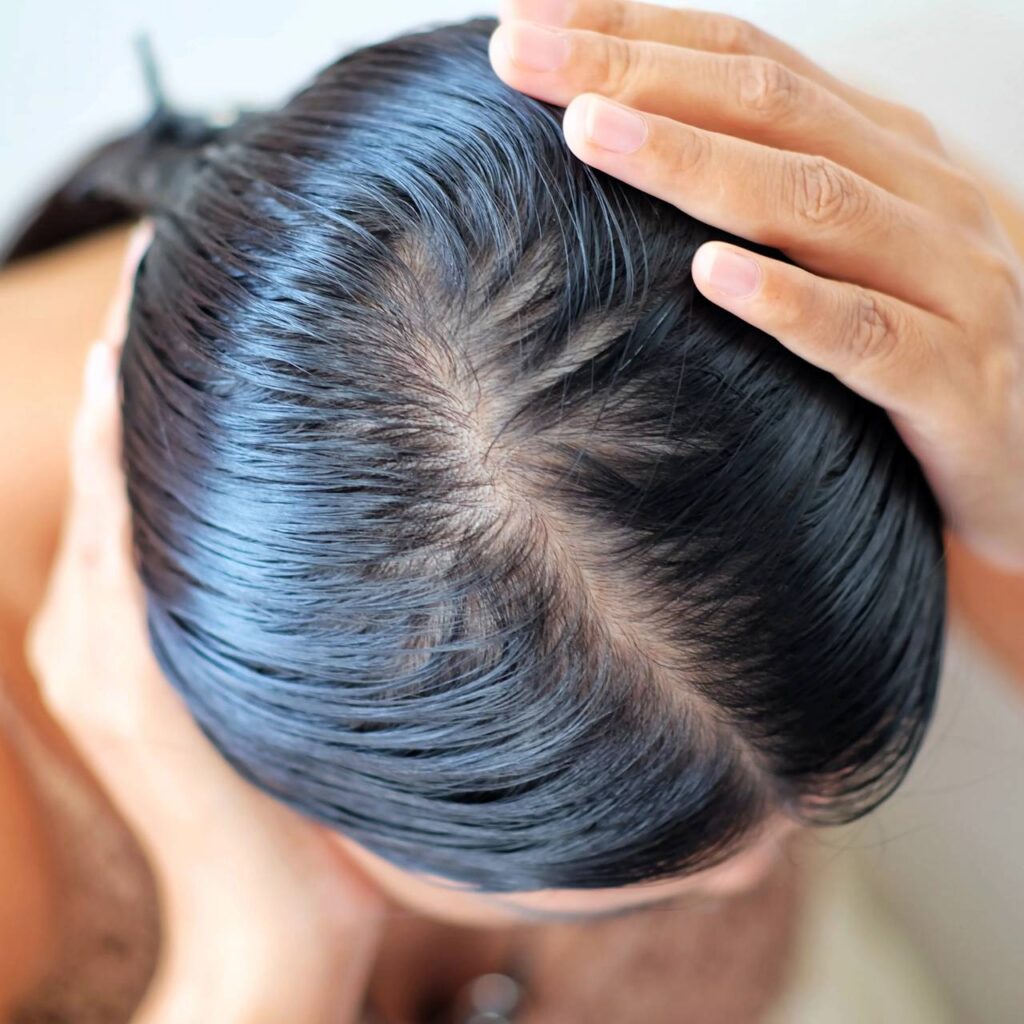
An oily scalp is a condition characterized by excessive production of sebum, the natural oil produced by the scalp’s sebaceous glands. Sebum is essential for keeping the scalp and hair moisturized, but overproduction can lead to a greasy, shiny appearance and a host of related issues. This excess oil can not only make hair look limp and unwashed but also create an environment conducive to scalp issues like dandruff, itching, and acne. Managing an oily scalp often involves a combination of proper hair care techniques, lifestyle adjustments, and sometimes medical interventions to restore balance and promote healthier hair and scalp conditions.
II. What Causes Oily Scalp?
An oily scalp can be caused by a variety of factors, ranging from genetics to lifestyle choices. Here are some common causes you may be dealing with overly greasy hair:
- Genetics: Some individuals are genetically predisposed to having oily skin and scalp, making them more prone to developing an oily scalp.
- Overactive Sebaceous Glands: Sebaceous glands in the scalp produce sebum, an oily substance that helps moisturize the hair and scalp. However, excessive production of sebum can lead to an oily scalp.
- Hormonal Changes: Fluctuations in hormone levels, such as those that occur during puberty, pregnancy, or menopause, can increase sebum production and result in an oily scalp.
- Poor Hair Care Habits: Using harsh hair care products, washing hair too frequently or infrequently, or using hot water can strip the scalp of its natural oils, prompting the sebaceous glands to produce more sebum to compensate.
- Diet: Consuming a diet high in greasy or fried foods can potentially exacerbate sebum production and contribute to an oily scalp.
- Stress: Stress can trigger hormonal imbalances in the body, leading to increased sebum production and, consequently, an oily scalp.
- Environmental Factors: Exposure to humid weather, pollution, and certain environmental pollutants can stimulate the sebaceous glands and lead to an oily scalp.
→ Understanding these underlying causes can help in effectively managing and preventing an oily scalp.
III. How Does Hair Texture Affect Your Scalp?
Excessive sebum production can manifest differently depending on your hair type.
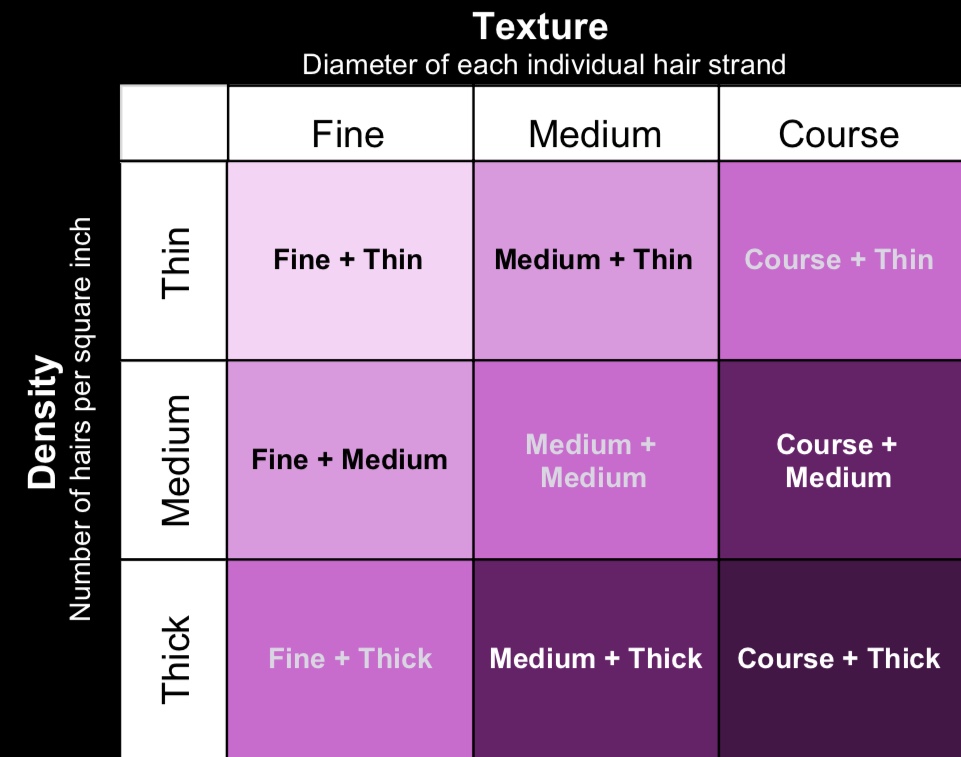
Individuals with thin or fine hair often experience an oily scalp as there’s limited surface area for the oil to distribute. Conversely, those with thick hair possess more hair follicles and glands, potentially leading to the same issue. Curly-haired individuals may encounter oily scalps and dry ends because sebum becomes trapped within the curls, failing to travel down the hair shaft adequately. Moreover, an oily scalp can prevent new hair growth by clogging hair follicles with dirt and dead skin cells, hindering the emergence of new strands. In some cases, it can cause breakage at the root.
IV. Tips to Get Rid of Oily Scalp 2024
Taming an oily scalp can be tricky, but with the right strategies, you can bid farewell to that excess grease and embrace a fresh, revitalized scalp. Here are some effective tips to help you reclaim balance and confidence:
Tips To Get Rid Of Oily Scalp #1: Find The Right Washing Frequency
Washing your hair too frequently can strip away its natural oils, prompting the scalp to overcompensate by producing more sebum, resulting in an overly oily scalp.
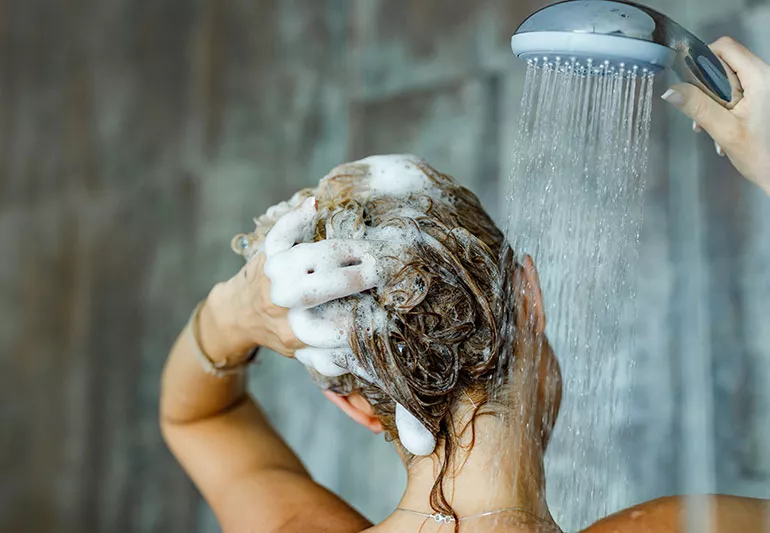
On the other hand, not washing your hair often enough can lead to a buildup of sweat, oil, and dirt, exacerbating sebum accumulation and potentially causing issues like dandruff, greasiness, or discomfort. Since each person’s hair is unique, determining the ideal washing frequency is essential. Additionally, using the right products, such as a dry shampoo that effectively cleanses the hair, can help prolong the time between washes while maintaining a healthy appearance and pleasant scent.
Read Now: How Often Should You Wash Your Hair?
Tips #2: Shampoo & Condition Properly
Aside from how often you wash your hair, it’s crucial to ensure you’re applying shampoo and conditioner correctly. For shampooing, gently massage the product into your scalp, focusing on the roots, rather than harshly scrubbing with your nails, which could damage the skin’s protective barrier and lead to moisture loss. Conversely, when applying conditioner, concentrate on the lengths of your hair and areas that require extra moisture, such as the ends. Avoid applying conditioner directly to your scalp and roots to prevent a greasy, weighed-down appearance. Always remember to rinse the conditioner thoroughly before proceeding with your hair care routine.
Tips To Get Rid Of Oily Scalp #3: Use The Right Products
Apart from the discomfort it brings, oily hair often triggers feelings of frustration and insecurity. Fortunately, there’s a range of products suited for various stages of your haircare regimen that can aid in controlling sebum production, calming your scalp, and enhancing overall hair well-being. Unsure where to begin? Dry shampoo emerges as a top choice for absorbing excess oil. Typically available as a spray, it swiftly revitalizes your hair’s appearance when washing isn’t feasible.
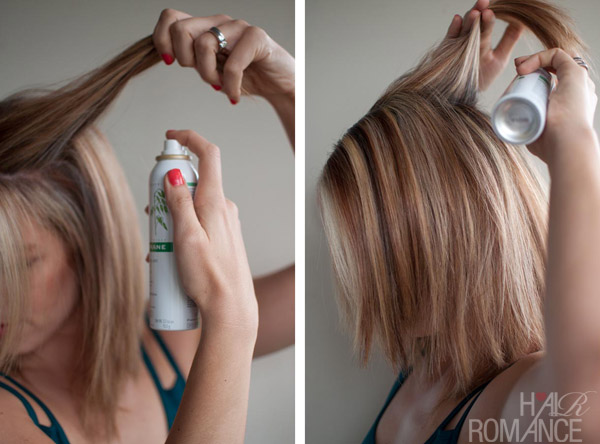
Read Now: The 5 Best Shampoo For Oily Hair 2023
Tips #4: Avoid Excessive Use of Heat Tools
Excessive heat exposure poses risks to your hair’s health, potentially stripping away its natural oils and causing damage. While heat styling tools may be a go-to in your routine, there’s no need to completely shun them. Instead, prioritize safeguarding your strands by integrating a heat protectant into your haircare regimen. This simple step helps shield your hair from the harmful effects of heat styling, ensuring it stays nourished and resilient.
Tips To Get Rid Of Oily Scalp #5: Regularly Clean Your Hairbrush
Regularly tending to your hairbrush is just as crucial as washing your hair itself. Over time, your brush accumulates dirt, grease, and residue, contributing to the oiliness of your scalp. By proactively cleaning your brushes on a weekly basis, you can prevent this unwanted buildup and minimize the risk of harboring bacteria.

Maybe you are also interested in: How To Fix Oily Hair and Other Greasy Hair Hacks
V. Conclusion
In conclusion, managing an oily scalp can be a challenging yet manageable task with the right approach. By incorporating these effective tips into your hair care routine, you can bid farewell to excess oil and embrace healthier, more balanced hair. Remember, consistency and patience are key, so stick to your regimen and give your scalp the care it deserves. With dedication and the right techniques, you can achieve a scalp that feels refreshed, rejuvenated, and free from excess oil.


 BEST SELLING PRODUCTS
BEST SELLING PRODUCTS Wig Hair
Wig Hair WHOLESALE
WHOLESALE Contact us
Contact us Sale Events
Sale Events